Hi Berkshire makerKids Parents and Friends
This week we looked looked at the SCIENCE OF PROPULSION two different ways. We started our sessions in the Library Computer Lab experimenting with an online bottle rocket simulator, and then moved to our MakerSpace shop where we build tabletop catapults using household items like rubber bands, popsicle sticks and plastic spoons.
This week we looked looked at the SCIENCE OF PROPULSION two different ways. We started our sessions in the Library Computer Lab experimenting with an online bottle rocket simulator, and then moved to our MakerSpace shop where we build tabletop catapults using household items like rubber bands, popsicle sticks and plastic spoons.
Here are some images of the cool bottle rocket simulator we used at the Computer Lab.
The simulator designed to investigate the elements of propulsion. We learned about thrust, drag, and velocity and how the design parameters influence the maximum altitude and velocity of the rocket. Parameters is another word for variables.
The big challenge: how to balance the individual parameter values that result in the maximum altitude of the rocket. On the rocket launch control panel above each [ ? ] is a parameter. We learned that to achieve the best result we should only experiment with one parameter at a time. Otherwise you can’t really tell what parameter is influencing change.
You can try it at home by clicking on the link.
http://www.neptunemediaworld.com/flash/bottlerocket2Dv1_2.swf
You can try it at home by clicking on the link.
http://www.neptunemediaworld.com/flash/bottlerocket2Dv1_2.swf
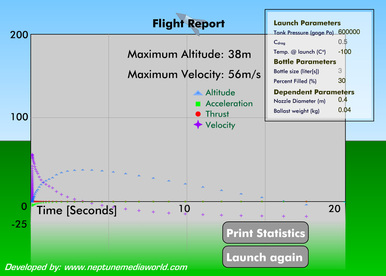
By typing in values for each [ ? ] and clicking launch, the simulator launches the rocket and displays a flight report. On Thursday, our highest altitude was 40 meters. See if you can beat that. To get the best result you need to be patient, changing the parameters one at a time.
From what we learned about the parameters from the computer simulation our MakerKids would have a real head start on building actual water bottle rockets using plastic water bottles. We will probably make that a project for our final week.
From what we learned about the parameters from the computer simulation our MakerKids would have a real head start on building actual water bottle rockets using plastic water bottles. We will probably make that a project for our final week.
Before we left the Computer Lab we began a challenge to match up inventors names to what they are famous for inventing. We used Google to help gather information about the inventors. We’ll finish this challenge up after vacation.
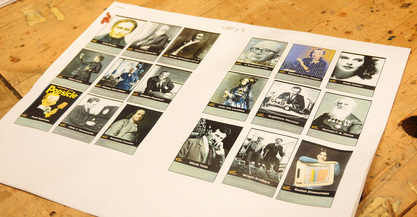
After we moved over to the Makerspace, we worked on building marshmallow catapults made from a variety of household supplies like rubber bands, plastic spoons, masking tape, popsicle sticks, wood skewers, and marshmallows.
It was harder that it looks to make a catapult that would shoot a small marshmallow a long distance but really fun. Check back week after next for our final session. ;-)
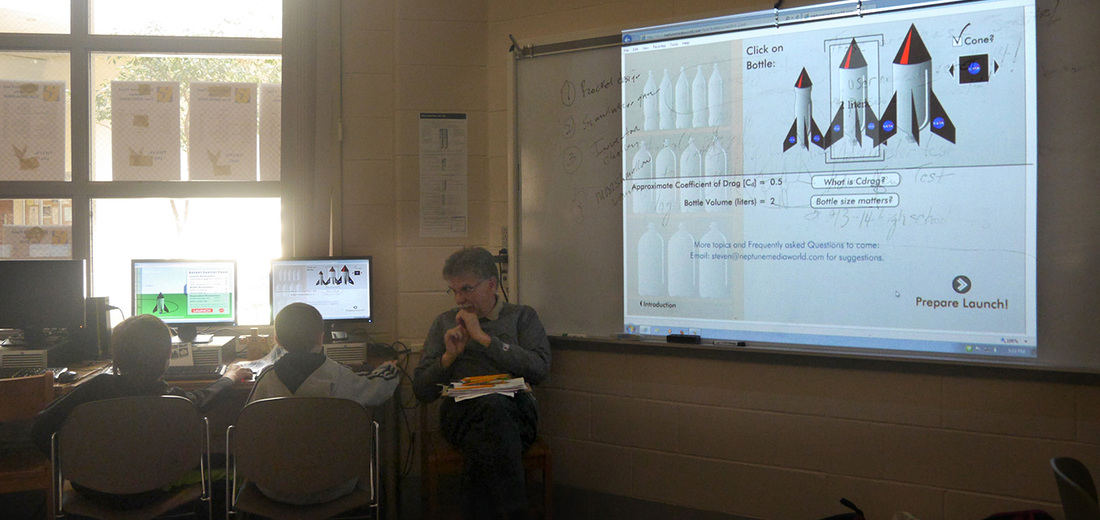
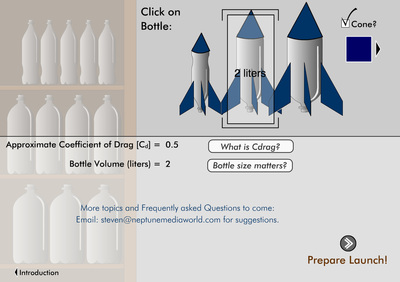
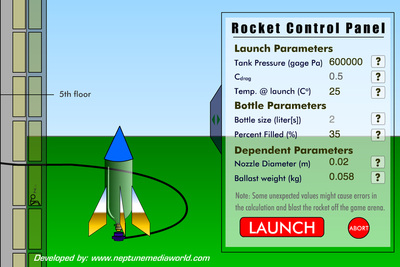
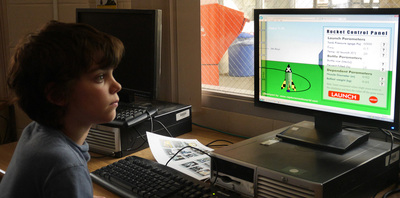

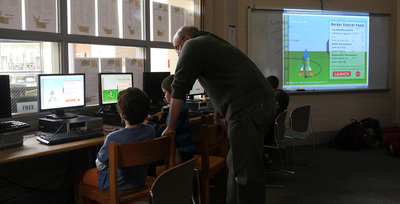
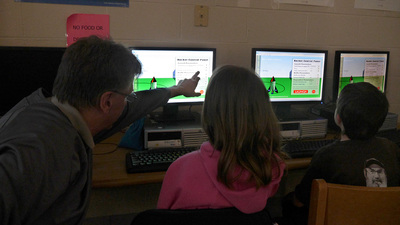
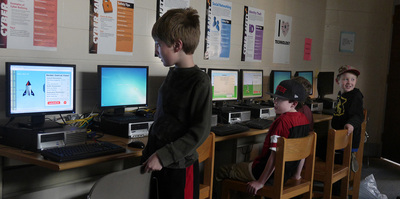
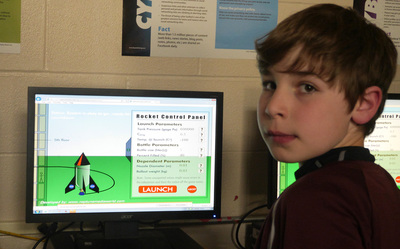
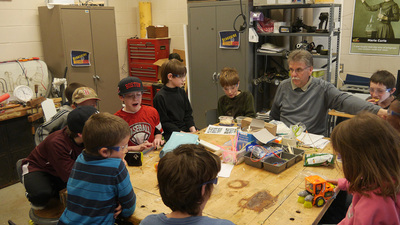
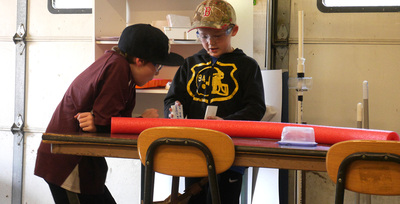
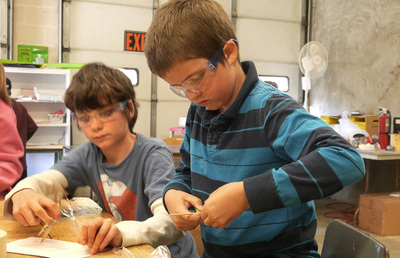
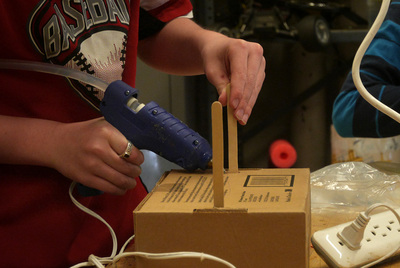
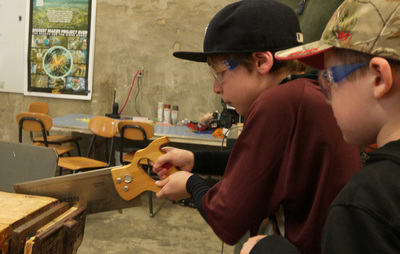
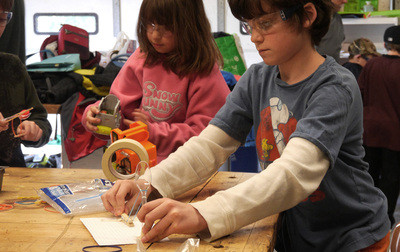
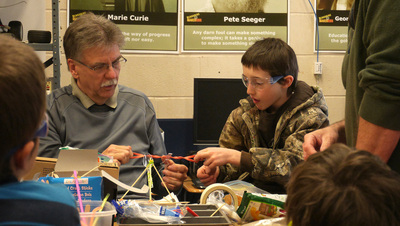
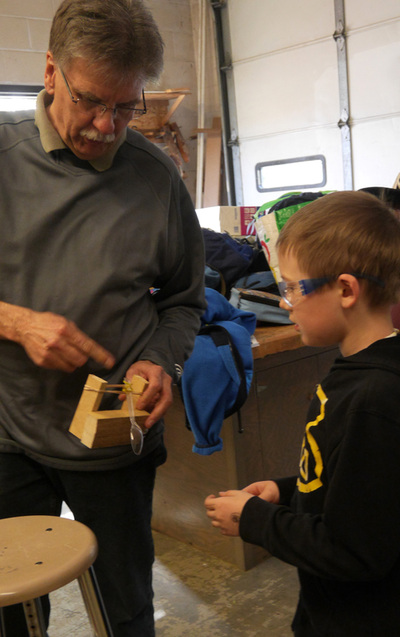
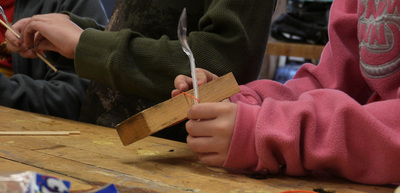
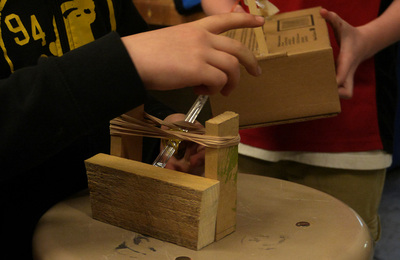
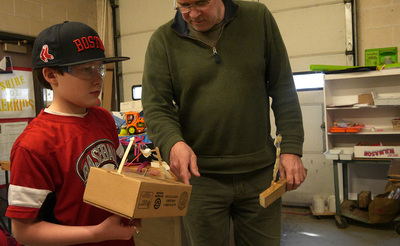
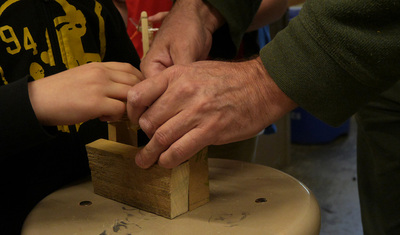
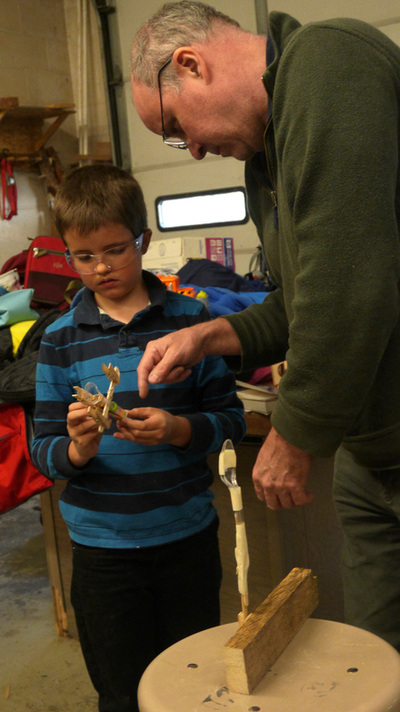
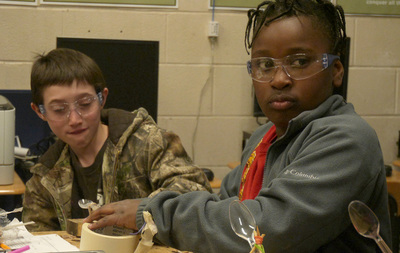
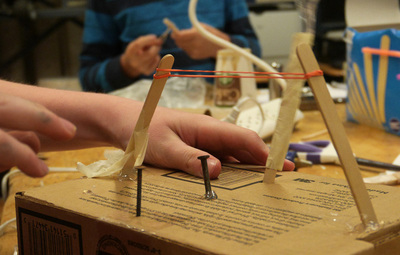

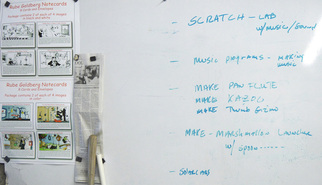
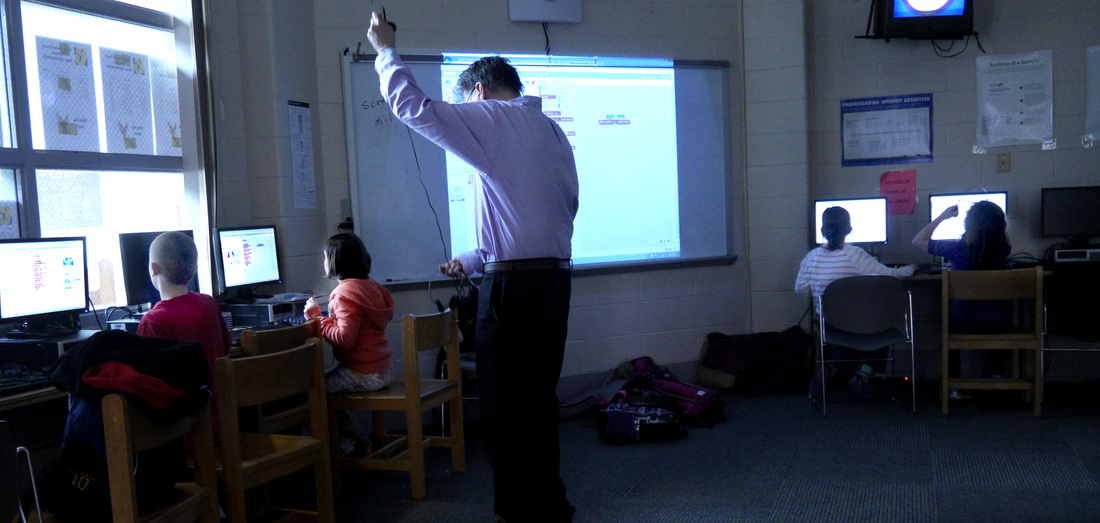
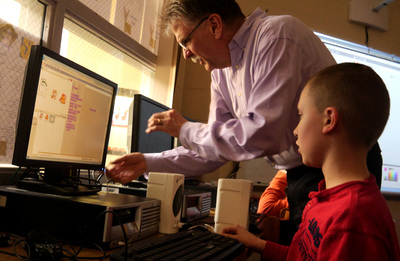
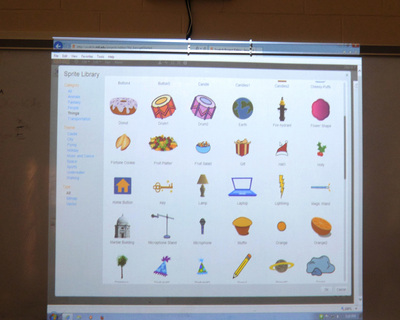
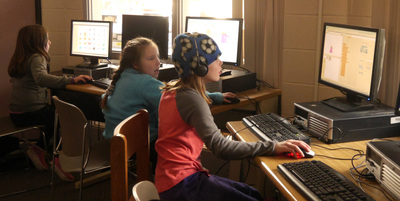
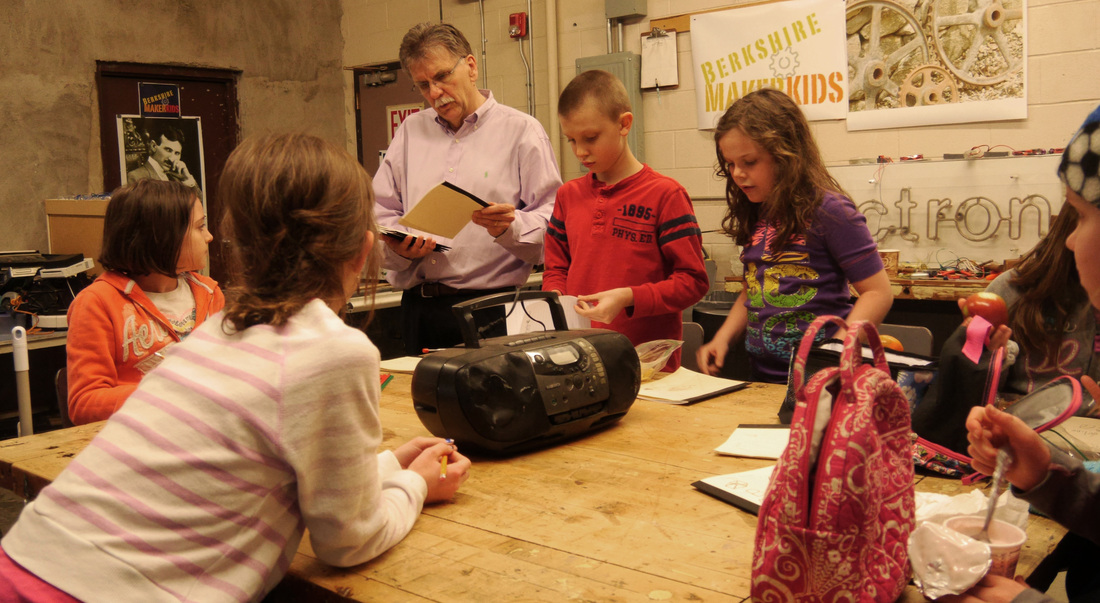
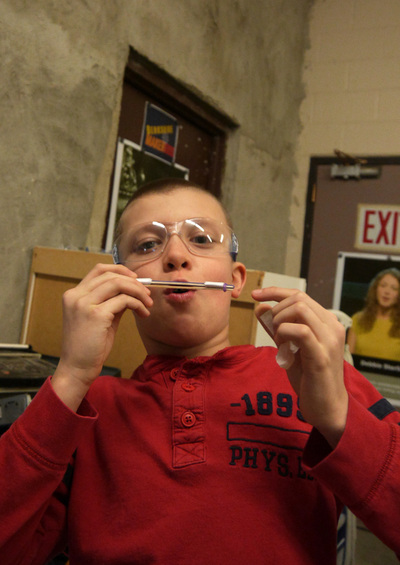
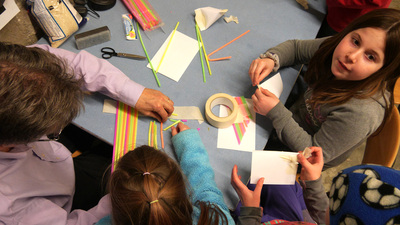
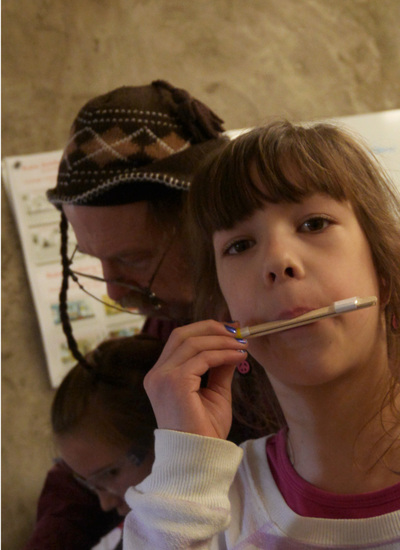
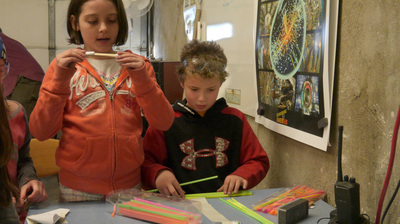
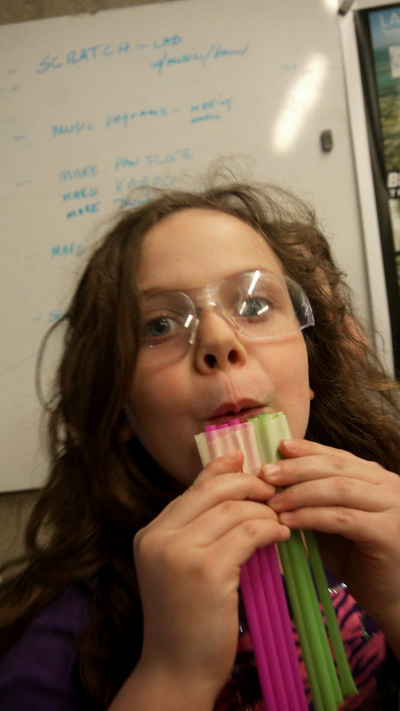
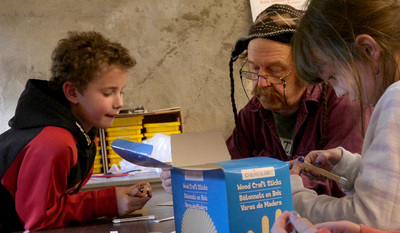
 RSS Feed
RSS Feed